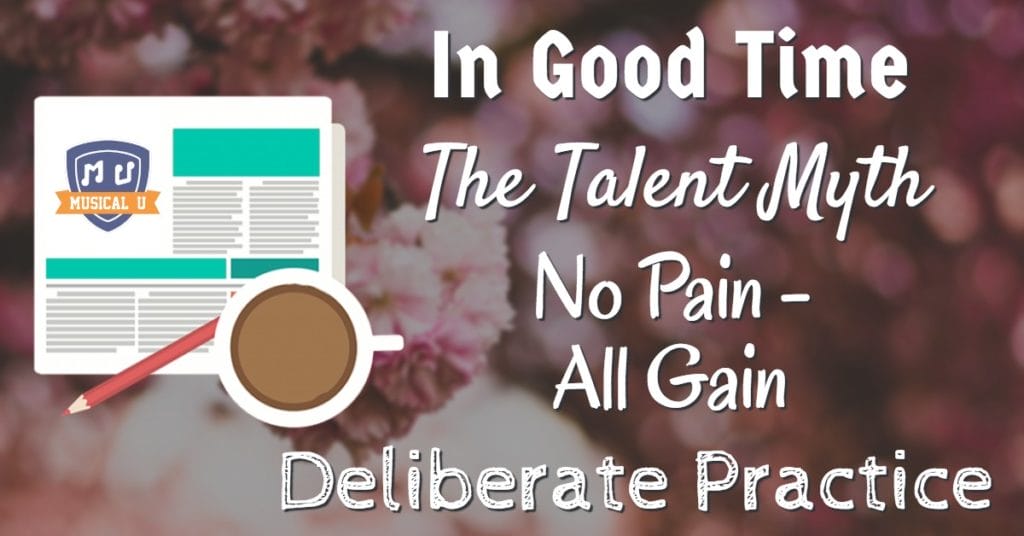This week, we’re exploring how to measure – in all musical senses of the word.
Learn how to measure rhythm with our guide to time signatures, uncover the truth behind the “talent” myth to get a better idea of how to measure musical mastery, learn how to avoid pain by measuring the risk behind the technique you’re using, and explore the idea of measurable results with the concept of “deliberate practice”.
Let’s start with this week’s offering of music theory…
In Good Time
The rhythm of a piece all starts with two little numbers, written in right at the beginning of the sheet music you’re about to play. This is the time signature, your guide to the structure, the beat, and the “feel” of the music.
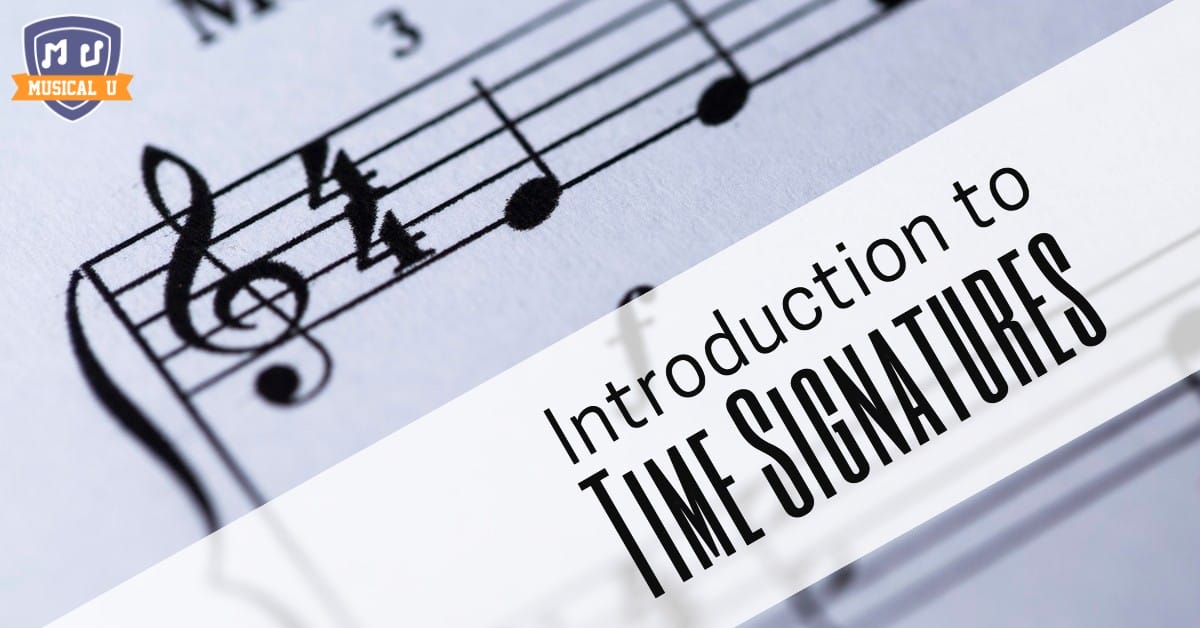 Whether the concept of time signature is new to you, or you’re having trouble telling your 4/4 from your 2/2, or you just want a refresher, you’ll find an excellent primer in Introduction to Time Signatures.
Whether the concept of time signature is new to you, or you’re having trouble telling your 4/4 from your 2/2, or you just want a refresher, you’ll find an excellent primer in Introduction to Time Signatures.
This easy-to-understand guide will teach you what those two numbers mean and what they tell you about a piece of music, and provide you with real-life examples of music written in the most popular time signatures. By the end, you’ll be able to use counting to determine time signatures and differentiate between simple, compound, and complex time.
Time signatures aren’t as difficult as one may think. With a little bit of study and practice you’ll have the basics down and will be well on your way to rhythmic mastery. Making Music presents a quick guide to time signatures that perfectly complements ours.
Compound meters allow you to create some really interesting rhythmic variety in your music. Plus they are really fun to play! But why do they involve a change in time signature when the number of beats remain the same? Music Training Club shows you how to understand compound time signatures.
There’s the good, the bad, and… the odd. You shouldn’t feel restricted to only simple or compound meters – not when there are so many possibilities! Jeff Schneider takes us through his process of making beats in odd time signatures.
Busting the Myth of Talent
In spite of the mountain of evidence disputing the idea that “natural talent” is instrumental (pun intended) to becoming a great musician, the myth unfortunately persists.
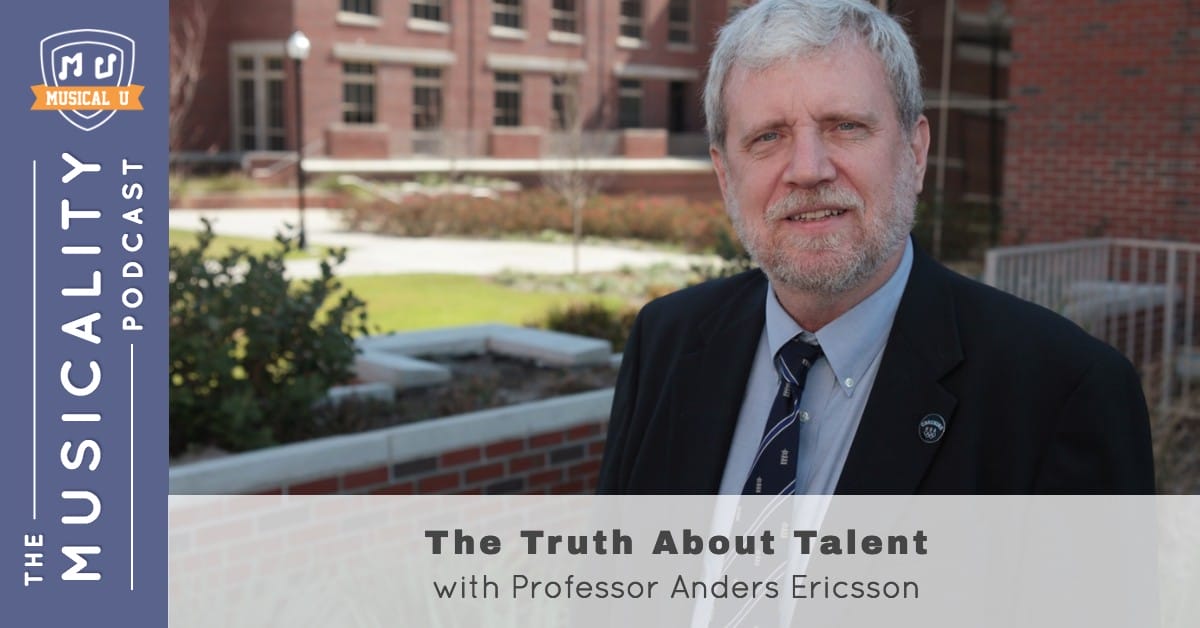 To settle the matter once and for all, we spoke with the man who has dedicated over 30 years to the study of talent, and how much of a role it plays in success.
To settle the matter once and for all, we spoke with the man who has dedicated over 30 years to the study of talent, and how much of a role it plays in success.
Tune your ears into The Truth About Talent, with Professor Anders Ericsson, where you’ll hear a fascinating, in-depth take on the importance of natural talent vs training – straight from the ultimate authority.
The debate over musical talent will certainly continue. But looking back at some of the most seminal musicians of all time, it is easy to see how they were groomed and began practicing their musicality at a very young age. Benedict Westenra explores this fascinating topic, using famous musicians such as Mozart and Aretha Franklin as examples.
The world of professional singing perpetuates many myths that can be harmful to a vocalist’s journey. Molly from Molly’s Music discusses the myth that singing is a natural talent, and argues why it can be acquired through practice.
Having the right music teacher can make a massive difference in your musical progress. Though there are more options than ever for finding a good teacher these days, it can be difficult to know where to start. Piano Power explains how to find a good fit – whether online, at a studio, or at the local music school.
No Pain – All Gain
What is the difference between good technique and bad technique? How do soreness and pain compare, and why is one a marker of progress while the other is a red flag? How can we play in a way that maximizes our comfort, while still maintaining “good technique”?
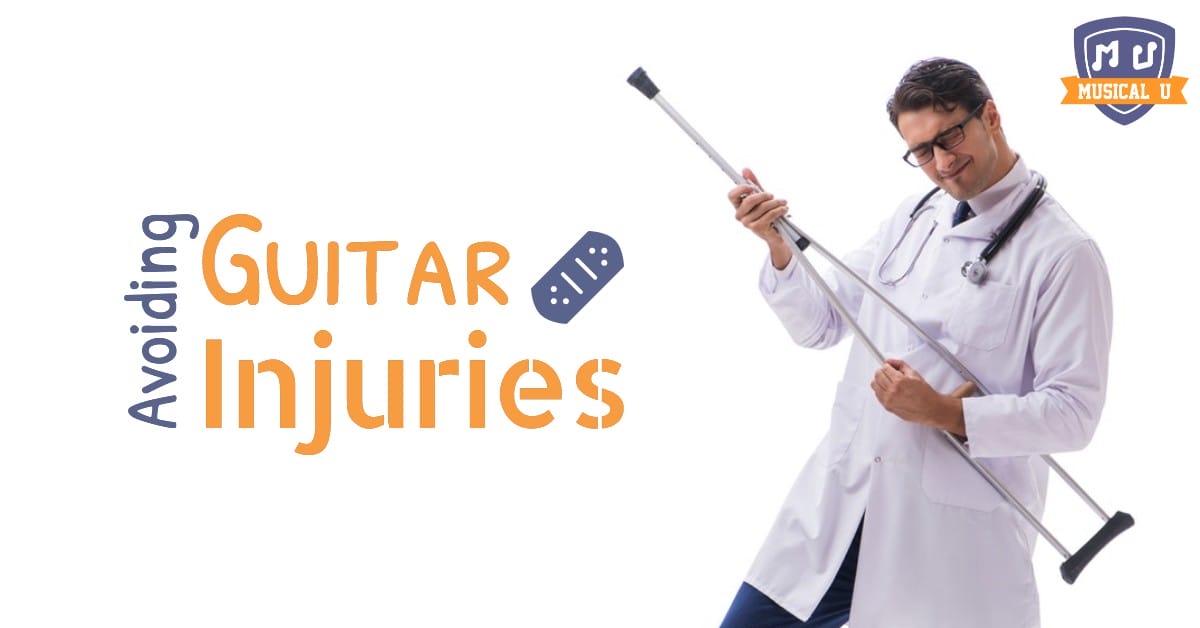 I Will Teach You To Play Guitar’s Max Chiossi answers all these questions and more in How To Avoid Guitar Injuries, using science, philosophy, and examples of famous musicians to refute the statement “no pain, no gain” and show you how to tweak your guitar technique for maximum efficiency and enjoyment.
I Will Teach You To Play Guitar’s Max Chiossi answers all these questions and more in How To Avoid Guitar Injuries, using science, philosophy, and examples of famous musicians to refute the statement “no pain, no gain” and show you how to tweak your guitar technique for maximum efficiency and enjoyment.
Holding the guitar incorrectly can not only make your playing sloppy, but even lead to injury. Even if you follow all of Max’s suggestions, there is always the threat of repetitive strain injury. Last Minute Musicians provides some tips for preventing this.
Doctors can be specialists in hearts, sports, medicine, and… music? The Artists’ Health network is devoted to helping musicians’ recover from injuries and get back to their art. The CBC caught up with them in this interview.
We spent a lot of time exploring how to properly hold a guitar in this article, but what about that other essential accessory for most guitar players? We’re talking about your picking hand! Here are 5 tips on using a guitar pick correctly from V Picks.
Deliberate Practice
We’re sure you’ve heard the phrase, “It’s not the time you spend practicing – it’s how you use it”.
This is far from a platitude – it is actually the most important piece of advice you will ever get regarding your practice time.
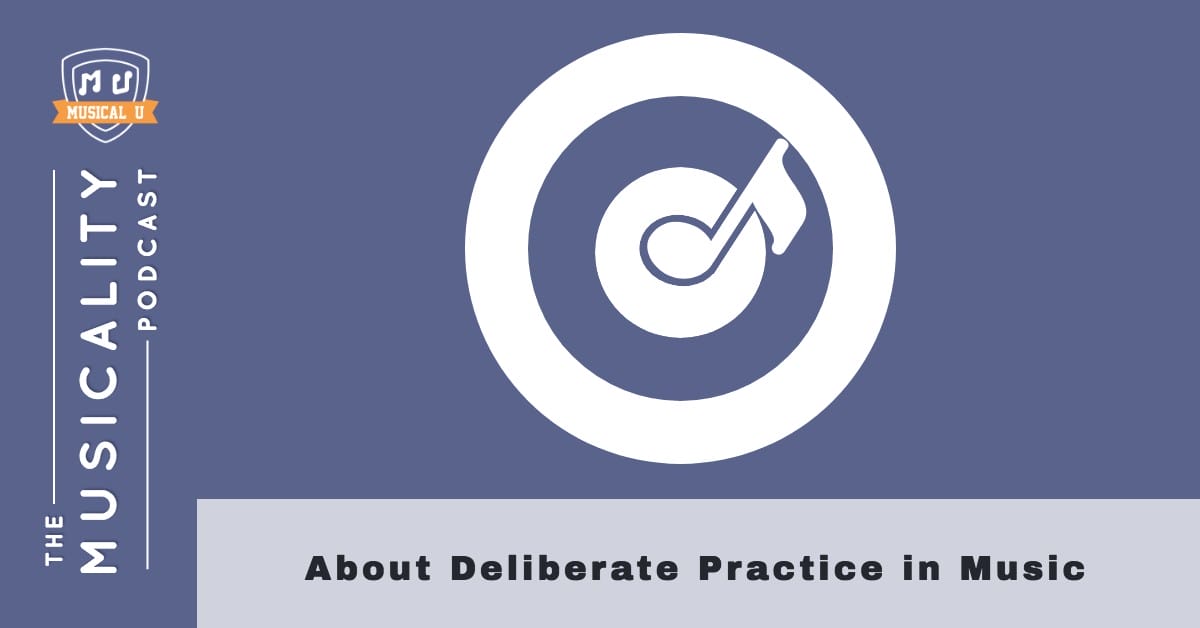 Our podcast episode About Deliberate Practice in Music takes a deeper look at using your time wisely, outlining the difference between practicing and playing, how to allocate your time during practice, and the secret ingredient that will take your practice from purposeful to deliberate.
Our podcast episode About Deliberate Practice in Music takes a deeper look at using your time wisely, outlining the difference between practicing and playing, how to allocate your time during practice, and the secret ingredient that will take your practice from purposeful to deliberate.
Perhaps nothing is more harmful to your musical progress than believing that certain practice methods or techniques are reserved for the “professionals”. You should use everything you can to improve in your art! Harp Mastery discusses deliberate practice and why it is for everyone.
While practicing music can be hard work, there is so much more that you can bring with you into the practice room to enhance the experience. Remember to think about the emotions behind a piece of music, and to share these feelings with your listener. Meludia explains more about learning music through sensations and emotion.
Deliberate practice can help you to learn faster! As Modacity explains, “deliberate practice is like the scientific method for music.” Get started by practicing smarter with Modacity.
Review and Refine
Whether you’re learning a new theory concept, tweaking your instrument technique, reorienting your musical mentality, or altering your practice routine to get the most out of your time, the trick to progressing in your musical journey is to constantly and honestly measure your progress and your approach.
We talked about deliberation – now apply that concept to every facet of your musicality, and map out a deliberate musical journey for yourself!
How do you measure your musical progress? We at Musical U encourage you to keep a journal of your achievements, setbacks, and goals. You’ll be amazed at what a difference this makes.

